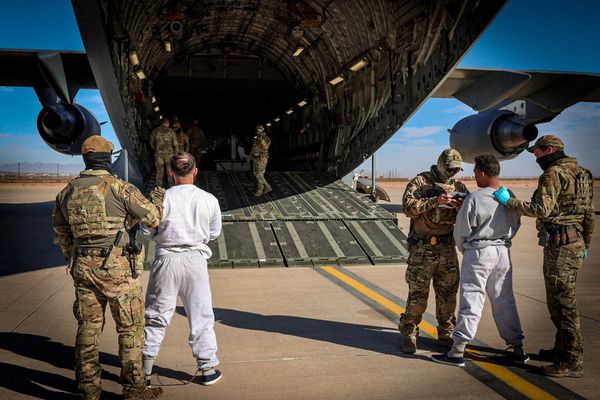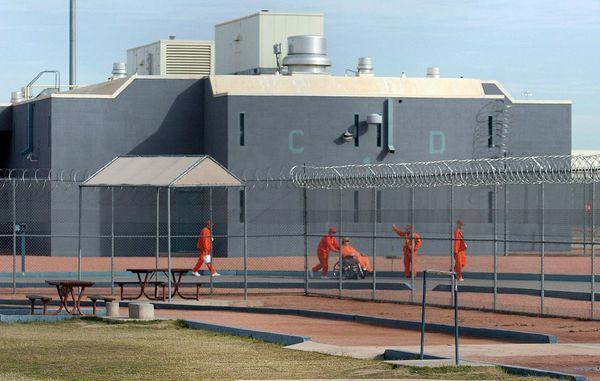
Record-Breaking Border Crossing Numbers Soar in November, Seeking Solution to Overcrowded Detention Centers
In a stunning turn of events, the number of border crossings reached an all-time high in November, with more than 242,000 encounters reported. This makes it the highest November total ever recorded and the third highest month since the start of this immigration crisis. The situation presents a complex and costly challenge for authorities, sparking calls for immediate action.
One of President Biden's key promises was to close down private detention centers for immigrants, advocating for an end to the use of private prisons entirely. However, honoring this pledge has proven to be an expensive endeavor, burdening taxpayers with millions of dollars. The release of thousands of migrants into society continues, even though thousands of detention center beds remain unoccupied. In some instances, migrants are being placed in hotels in New York City, costing a staggering $500 per night, compared to $160 per night for an ICE bed.
The Border Patrol is grappling with the daunting task of apprehending as many as 10,000 migrants per day, only to be forced to release the majority of them. This has led to a rather peculiar situation where fully staffed and operational detention centers, such as one in California, house a mere six migrants. While judges had previously reduced jail populations due to COVID, these restrictions were lifted eight months ago. Despite this, the White House has only sought funding for 25,000 detention beds over the past two years, which is half of what President Trump requested in his final year in office.
Critics argue that the issue at hand extends beyond immigration enforcement and detention. They claim it is also about the government's handling of the COVID pandemic and the subsequent closure of detention facilities. Furthermore, concerns have been raised about the continuation of contracts between ICE and numerous private facilities across the country. Despite many of these facilities operating at less than half of their capacity, ICE is contractually obligated to fill a minimum of 70 to 80% of the beds, resulting in substantial monthly costs regardless of occupancy rates.
The impact of this situation is not limited to financial implications. Delays and overcrowding in the detention system have led to a significant decrease in the number of detained immigrants appearing in court and complying with deportation orders. According to ICE, a staggering 94% of released migrants fail to leave the country as required. The agency has yet to address questions regarding this concerning statistic.
As the country grapples with the unprecedented surge in border crossings, finding a solution that balances the need for effective immigration enforcement while respecting humanitarian values remains a paramount concern. The complex interplay of immigration, detention, and COVID-related challenges requires innovative and holistic approaches to address the current crisis and mitigate its far-reaching consequences.







